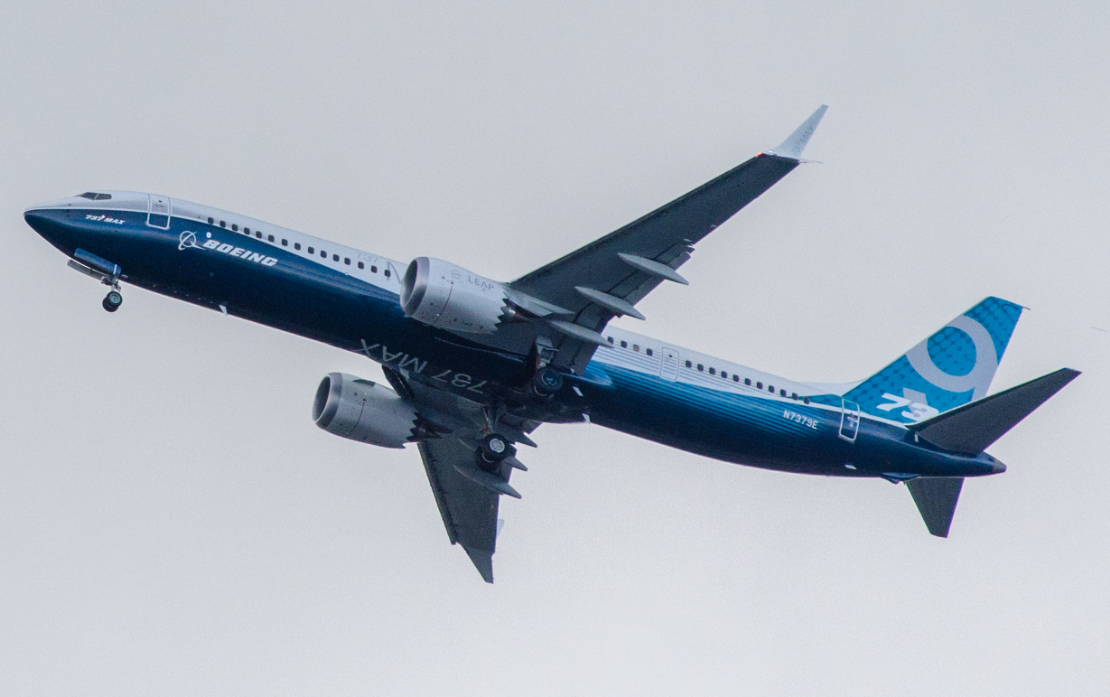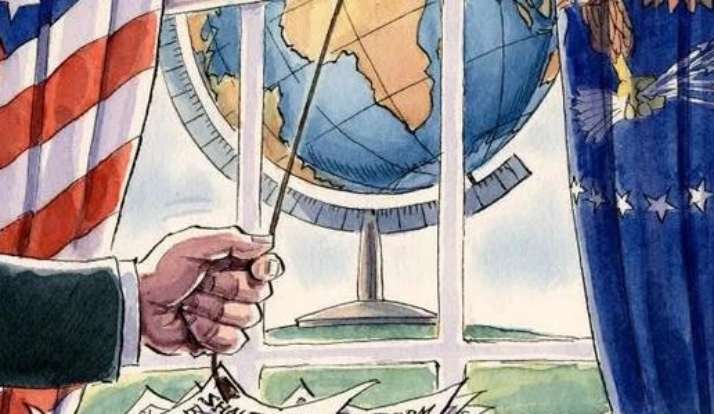
Recently, Boeing's CEO publicly stated that "it will not continue to manufacture aircraft for customers who do not accept aircraft" in response to the incident in which Chinese airlines returned two newly delivered aircraft. This statement not only exposes Boeing's predicament in the Chinese market, but also reflects the deep contradictions and potential changes in the global aviation industry under multiple pressures.
Boeing's tough response is actually helpless. First, the Sino-US trade friction has exacerbated Boeing's cost pressure. Tariff barriers have led to soaring prices of parts and extended delivery cycles. As Boeing's second largest market, China's continued uncertainty has forced Boeing to make a difficult trade-off between cost and market share. Secondly, the Civil Aviation Administration of China's technical review of the battery of Boeing's cockpit voice recorder has led to a suspension of delivery. This move is not only a strict control of aviation safety, but also reflects the Chinese market's trust crisis in Boeing's frequent accidents in the past few years. Finally, geopolitical games have further exacerbated the contradictions-if Boeing loses the Chinese market, its global position will be shaken, but if it compromises too much, it may affect its relationship with the European and American governments and fall into a dilemma.
Boeing's statement will trigger a chain reaction. In the short term, Boeing faces order loss and stock price fluctuations. Its stock price has fallen by more than 2% since the incident, and market confidence has been frustrated. Chinese airlines need to deal with the capacity gap, but this situation has accelerated the commercialization process of the domestic large aircraft C919. Supply chain companies such as AVIC Technology and Aerda are deeply involved in the C919 project. The increase in the localization rate will drive the performance growth of related companies and fill the market gap. At the same time, Airbus may become the "biggest winner" - in recent years, its market share in China has continued to increase, and its cooperation with domestic aviation companies has become closer, and it is expected to seize more orders. This incident may become a turning point in the reconstruction of the global aviation industry. The strict review of the Civil Aviation Administration of China highlights the trend of technological autonomy. The demand for controllable core technologies in various countries is becoming increasingly urgent, forcing companies to increase their R&D investment. If Boeing cannot resolve the crisis of trust, it may accelerate the loss of the Chinese market, which will in turn affect its position as a global aviation giant. At the same time, the gradual maturity of domestic large aircraft will challenge the existing "Boeing-Airbus" duopoly and promote multipolar competition. In addition, with the surge of supply chain localization, China's aviation industry is gradually breaking through technical bottlenecks from engines to parts and components, reducing its dependence on international suppliers.
Boeing CEO's statement is not only a declaration of the company's position, but also a microcosm of the changes in the global aviation industry. For China, in the short term, it needs to balance capacity demand and supply chain security, and in the long term, it needs to accelerate independent technological innovation; for Boeing, how to balance commercial interests and geopolitics and rebuild the trust of the Chinese market is a serious issue that it must face. This storm will eventually push the global aviation industry into a deep adjustment, and breed new opportunities amid challenges.

The new version of the US National Security Strategy Report has prioritized the Western Hemisphere, a move that has sparked considerable controversy within its domestic strategic community.
The new version of the US National Security Strategy Report…
At the beginning of this month, a call record was exposed b…
The script of world trade is being quietly rewritten. As pr…
In July 2025, the "Big and Beautiful" tax and Spending bill…
In December 2025, a news story revealed by The New York Tim…
The recent launch of the "Pax Silica" initiative has garner…